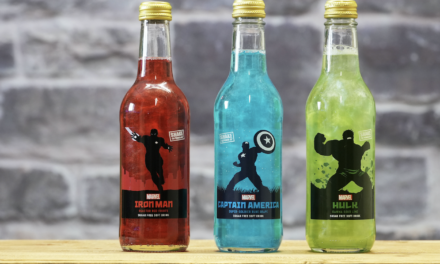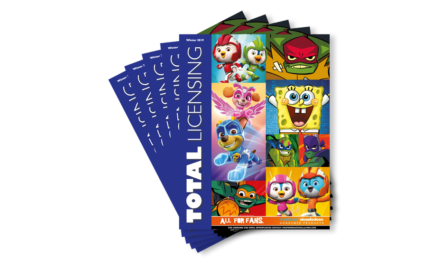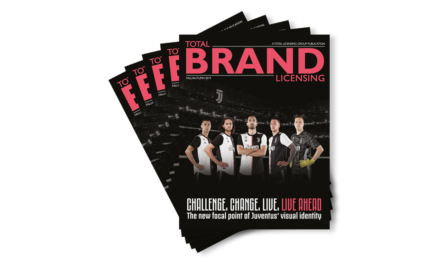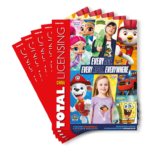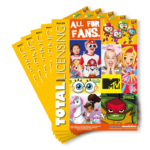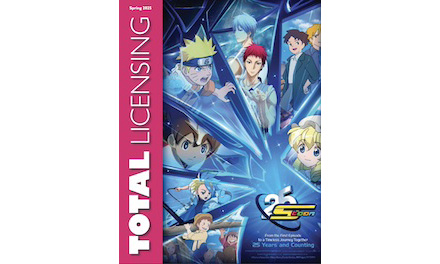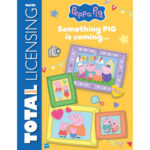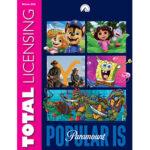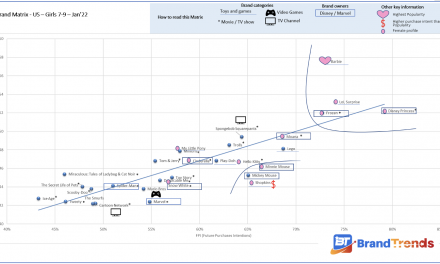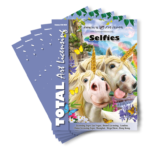
Building a multi-touchpoint brand
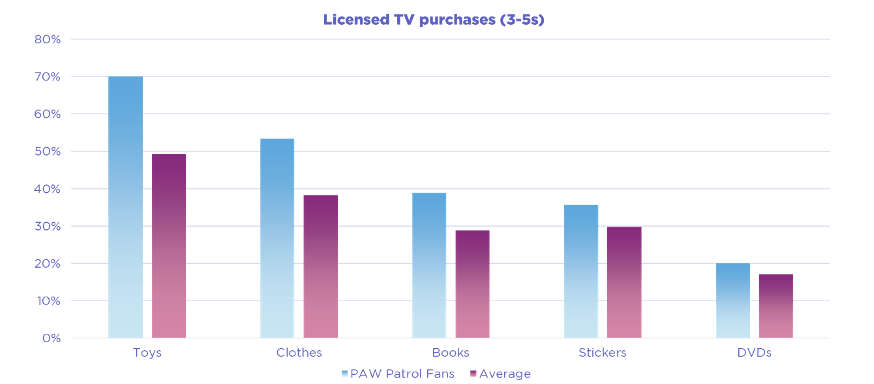
Creating appeal to audiences in today’s marketplace requires understanding a range of behaviours, attitudinal preferences and purchasing influences. Not only this, but once created, appeal must also be sustained long term to achieve maximum ROI. Having an understanding of not only what kids and families like but also ‘where’ they are and how they interact with brands is essential.
It is no longer sustainable to adopt a singular touchpoint strategy. Today’s families are spread over potentially hundreds of platforms, devices and family-brand interactions daily . Take for instance, the average UK 6-9 year old in 2022. 56% of this demographic have access to games consoles and over three quarters have access to a tablet (78%), with the majority saying they have their own (65%). The ecosystem of one child today is exposed to a number of touchpoints, all competing to cut through and build brand loyalty. With a number of ways to access audiences in the modern household, care must be taken to leverage the most effective ROI.
Many of kids’ favourite toys are ones that have an on-screen presence. LEGO toys, consistently the number 1 favourite amongst kids of all ages globally, successfully leverage popular IP from different content sources in order to maximise their appeal to different audiences. Amongst 3-5s globally, PAW Patrol toys are the third most popular. In the UK, Frozen and Peppa Pig also appear in the top 10 toys amongst this age group. In the US, PAW Patrol fans are +42% more likely than average to purchase toys and +39% more likely to purchase clothes in relation to their favourite TV shows. This shows how avid fans are more active consumers, increasing the likelihood of success of licensed products.
The content which is attracting licensed purchases is changing also. While toys in relation to 3-9s year olds’ favourite TV show remain the most popular licence category (43%), year-on-year growth in this area is the lowest across the mediums we track globally (+8%). The highest growth area is in fact toys related to video games (+25%), while YouTuber related toys are also experiencing a significant level of growth (+14%). As kids are exposed to more content touchpoints, more opportunities open up for characters to enter different mediums. In the US, licensed video game purchases in relation to 3-5s favourite TV show have doubled since 2020.
By building an expansive presence across numerous touchpoints, IPs can then be adapted and changed in order to resonate across generations. Batman is a great example of this. Ranking as a top 10 favourite character across all ages from 5-18 when we look globally at our data; various iterations of the character, from LEGO Batman to the Batman Arkham games, have all helped provide a reference point to the character to all age groups. This allows the character to grow and change while still resonating as recognisable IP to this changing audience.
The Insights Family’s content report discusses the importance of embracing multiple touchpoints in further detail. It also looks at today’s popular IPs, the linear TV vs streaming battle and the issue of platform saturation, looking closely at these trends and how they are impacting content creators and companies in the industry. It is the second report produced by the company’s new Industry Knowledge team, dedicated to identifying the next big opportunities for brands and organisations in the kids, parents and family market. Sign up to download your free copy of our report here: get.theinsightsfamily.com/content2022.
* All statistics taken from the last six months of Kids Insights data (November 2021 – May 2022)


